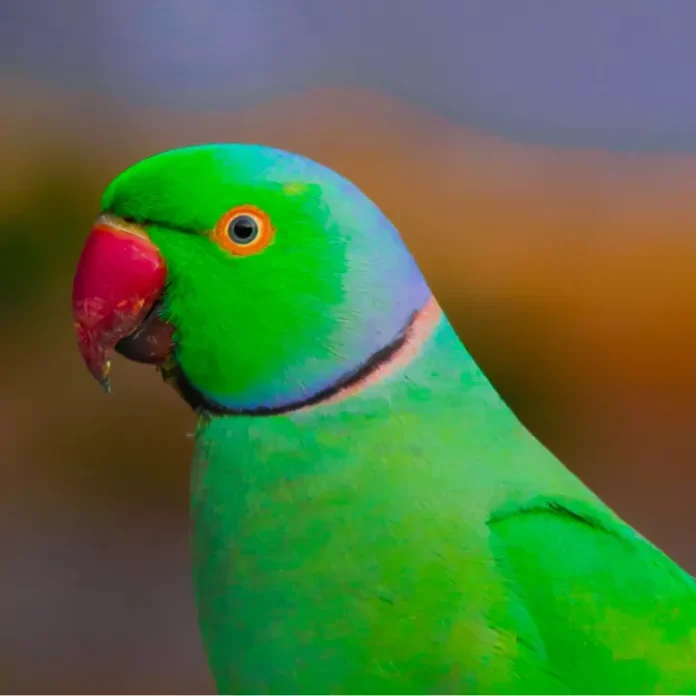Cheese represents a blend of artistry and scientific precision. Behind every delectable wedge lies a complex world of microbial alchemy, enzymatic processes, and carefully curated environmental conditions. In this exploration, we unravel the intricate science that transforms milk into the myriad of flavors and textures we savor in cheeses.
Crafting Curds and Draining Whey
The journey begins with the artful coagulation of milk proteins. Whether through the addition of rennet or the work of lactic acid bacteria, proteins, primarily casein, clump together to form curds. The subsequent drainage of whey is a crucial step, determining the cheese’s texture and moisture content.
Microbial Ecosystem
Beyond the visible curds and whey, cheese carries a microbial terroir, a unique microbial fingerprint influenced by the local environment. From the caves of Roquefort to the fields of Brie, distinct microbial communities contribute to the regional flavors that define each cheese.
Aging and Maturation
As the cheese embarks on its aging journey, a symphony of biochemical changes unfolds. Proteins undergo proteolysis, breaking down into savory peptides and amino acids, while fats experience lipolysis, contributing to the rich mouthfeel. Factors like temperature and humidity orchestrate these reactions, shaping the final flavor and texture.
Cheese Varieties and Microorganisms
Cheese varieties boast their own microbial entourage. Bacterial cultures like Lactococcus and Streptococcus contribute to the tanginess, while mold strains such as Penicillium create the characteristic veins in blue cheeses. Each microbe plays a vital role in the complexities of fermentation and maturation.
Enzymes
Enzymes take center stage in the development of cheese. Proteolysis and lipolysis, the breakdown of proteins and fats, are enzymatic processes that give rise to the myriad flavors and textures found in aged cheeses. The by-products of these processes contribute to the nuanced and complex profiles cherished by cheese enthusiasts.
Final Thoughts
The making of cheese is a fascinating journey where science and art intertwine. From the initial coagulation of milk to the carefully orchestration of microbes and enzymes during aging, each step contributes to a diverse and delightful world of cheeses. As we peer into the future, the science of cheese promises to unfold new chapters, ensuring that this ancient craft continues to captivate our taste buds and scientific curiosity alike.


